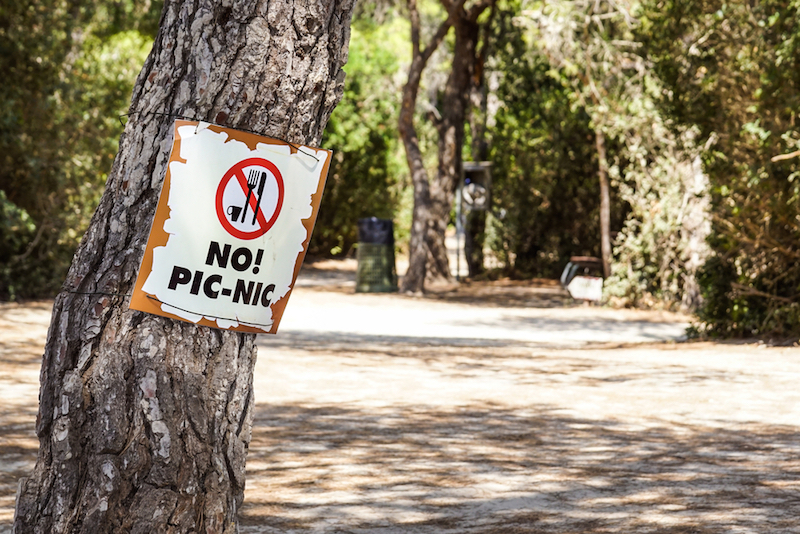
Are Trees Vegetarian?

Humans can be vegetarians, choosing to forgo meat, but what about trees? After all, trees need only soil, sunlight and water to survive, right?
"The short answer is no," said Nicholas Money, a professor of botany at Miami University in Ohio. "Plants are not vegetarian. But the devil, as always, is in the details."
Those details depend on how strictly vegetarianism is defined. Trees don't directly "eat" animals, but they do consume them with the help of fungi, Money said. [How Tall Can Trees Grow?]
It's well known that trees can make simple sugars through photosynthesis— that is, basically using sunlight to fuel a reaction between water and carbon dioxide, resulting in carbohydrates and oxygen.
However, trees also need minerals such as potassium, calcium, sodium and certain metals, Money said. In order to get these nutrients, they need fungi's help.
Fungi are literally everywhere in forests' soil, according to Money, as reported during a 2016 Radiolab episode that explored the relationship between trees and fungi. This massive fungal network is composed of millions of microscopic filaments that run every which way. The network constantly soaks up water from the soil and always looks for a new meal.
"The mushroom itself is just the most conspicuous part of this huge [fungal] organism that's pulsing away underground in the soil," Money told Live Science.
Sign up for the Live Science daily newsletter now
Get the world’s most fascinating discoveries delivered straight to your inbox.
The fungal network produces enzymes called proteases that can break down fats and proteins from dead organisms, such as tiny worms known as nematodes, that live in the soil. However, because fungi can't photosynthesize, they can't make their own sugars.
This need for sugar drives the fungi's relationship with trees, Money said. The fungi's filaments connect to the tree's roots — basically, covering the roots like a well-fitted glove — and send out structures that penetrate the roots, enabling a two-way nutrient exchange.
Once the exchange is established, the tree can give the fungi some of its sugar, and in return, the fungi give the tree minerals dissolved in water.
It's a perfect symbiotic relationship: "One partner is not gaining more in the relationship," Money said. "It's mutually beneficial."
In fact, the relationship has its own name: mycorrhiza, which is Greek for "fungus root," Money said.
Thus, trees consume animal components through this mycorrhizal relationship, he said.
"In this sense, depending on your definition of vegetarianism, perhaps we can't recognize trees as completely vegetarians, since some of the nutrients they absorb come from animal carcasses," Money said.
Original article on Live Science.

Laura is the archaeology and Life's Little Mysteries editor at Live Science. She also reports on general science, including paleontology. Her work has appeared in The New York Times, Scholastic, Popular Science and Spectrum, a site on autism research. She has won multiple awards from the Society of Professional Journalists and the Washington Newspaper Publishers Association for her reporting at a weekly newspaper near Seattle. Laura holds a bachelor's degree in English literature and psychology from Washington University in St. Louis and a master's degree in science writing from NYU.










